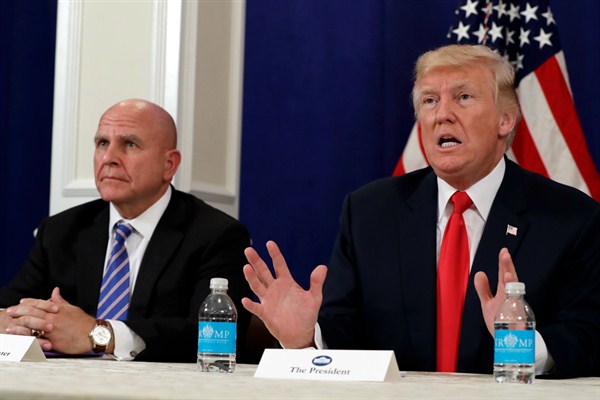It is always better to deter an adversary than to fight, but doing so can be a tricky thing. For deterrence to work, adversaries must believe that if they cross some line, they will fail or be punished. In the broad sense, deterrence demands the tangible capability to punish a transgression, along with credibility and clear communication that some specified action will be punished.
That may seem simple, but it is not, at least for the United States. The American political system can make it hard to communicate resolve to an adversary. A president may say one thing while other national leaders say something else, particularly during an undisciplined administration. Because the president is communicating simultaneously with multiple audiences—the adversary, other potential adversaries, partners, other nations, domestic audiences—the message to the adversary may not be as clear as intended. And deterrence, like any psychological reaction based on fear, decays over time if not amplified or reinforced.
Today, the United States faces four primary adversaries that it would rather deter than fight: North Korea, Iran, Russia and the network of violent Islamic extremist movements. Each must be deterred in a different way; focusing on any one makes it harder to deter the others. Like so much of strategy, prioritizing is both necessary and difficult. This requires deciding which adversary is the most dangerous and most deterrable.

